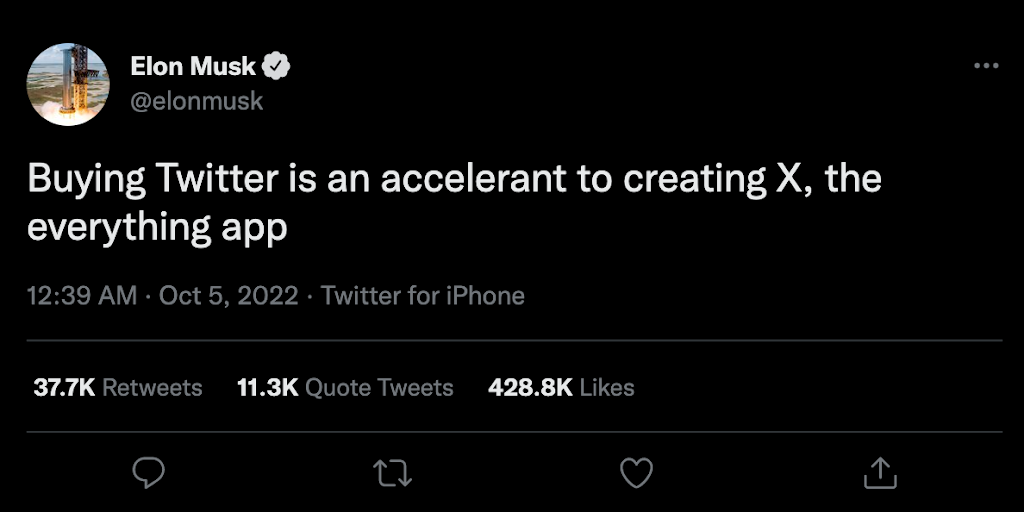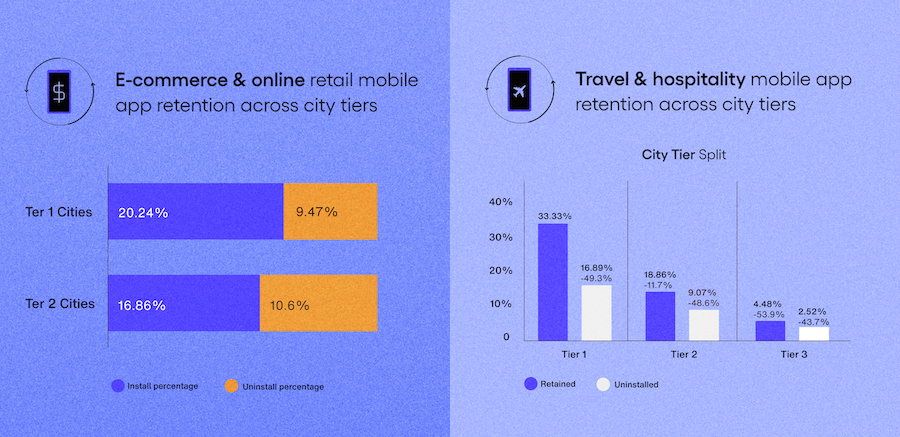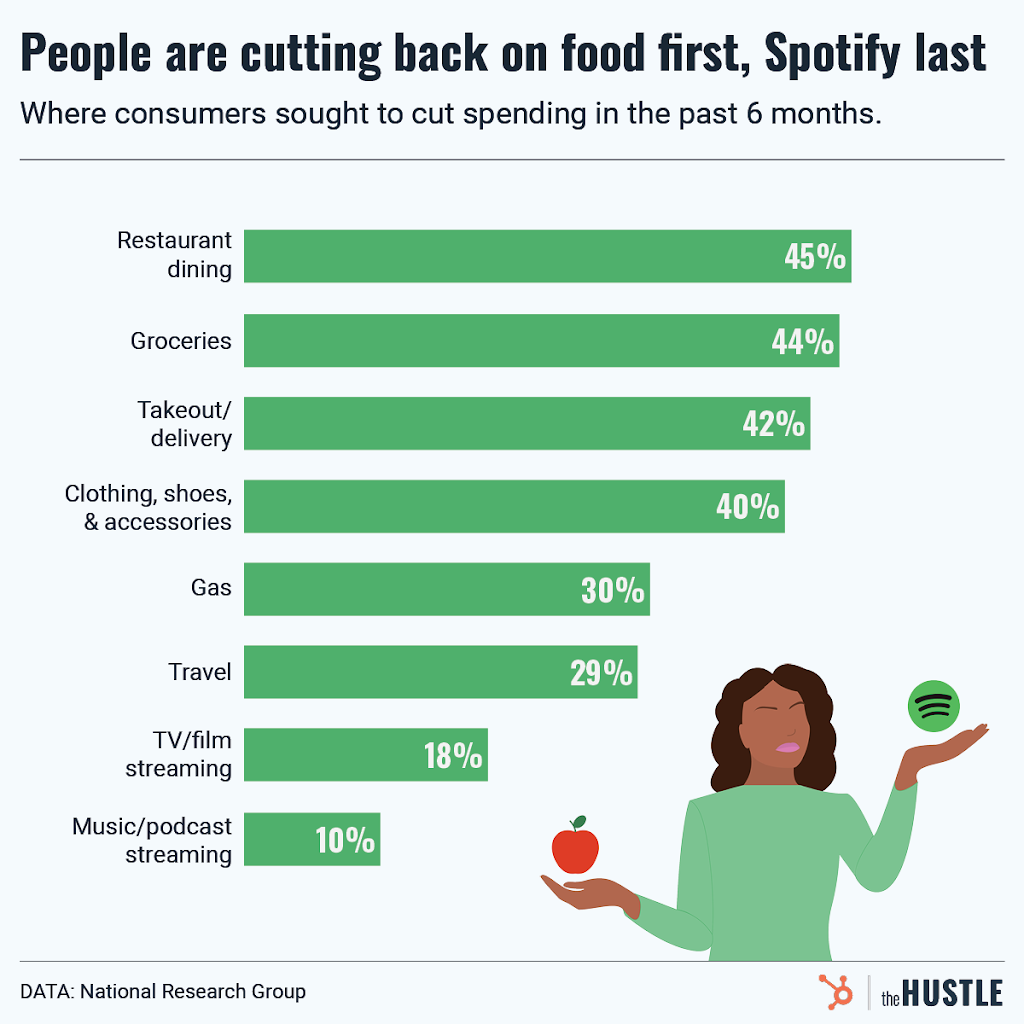Twitter’s fate and the future of mobile eCommerce customer retention

High customer acquisition numbers might encourage more funding, but if you want your eCommerce app to be viable in the long run, focus on customer retention.
If users are uninstalling your app as fast as you’re acquiring new users, you’re running on a customer acquisition treadmill that won’t get you anywhere.
Worse than that — it’ll drain your wallet, given how customer acquisition costs keep rising.
But how do you improve your eCommerce app’s user retention, build customer loyalty, and increase your average customer lifetime value?
We won’t bore you with the usual eCommerce customer retention strategies, such as:
- Customer accounts and personalized offerings
- Stellar customer service
- Loyalty programs and rewards
- Engaging emails and push notifications
- Tantalizing discounts, free shipping, etc., etc.
We’re talking about making your app such an entrenched part of your customer’s daily life that churning doesn’t even occur to them.
It all starts with Elon Musk buying Twitter
As you’ve probably heard, Elon Musk owns Twitter now.
Opinions aside, what does Musk acquiring Twitter have to do with eCommerce app retention?
The connection lies in what Musk plans to do with Twitter.
Musk has frequently alluded to building an “everything app,” to rival Tencent’s incredibly popular WeChat.

WeChat is a “super app,” which is really more of an ecosystem than an app.
WeChat’s business model is tantalizing: it’s a single app that houses messaging, social media, payments, eCommerce, mini-apps, games, and much more — and isn’t particularly reliant on ad revenue in the way purely social apps are.
In China WeChat is absolutely everywhere, connecting just about every aspect of consumers’ daily lives, from shopping to catching a cab, to taking out an insurance policy, to scheduling a medical appointment.
In a recent Forbes article, the super app is described as “an app where you can accomplish a lot of different tasks, even ones that you might not necessarily think are super related to each other. It’s all related to everyday consumer behavior and everyday consumer life.”
Musk is hardly the first tech mogul to dream of creating the “Western version of WeChat,” and only time will tell whether his vision for “X” will come close to rivaling WeChat’s ubiquity in its users’ daily lives.
The takeaway? Multi-purpose apps are a solid value proposition — at least, one Elon Musk’s willing to bet $44 billion on.

Virgin Mobile UAE improved their CSAT with Sendbird Desk.
App retention stakes are higher in developing countries
The chart below shows data from MoEngage’s 2022 eCommerce App Retention Trends India report. It shows that in both the eCommerce and travel industries, app retention trends are considerably higher in tier 1 cities than in tier 2 and 3 cities.

One explanation for the sharp increase in app uninstalls in tier 2 cities compared to tier 1 cities is the economic disparity between city tiers, which are categorized by population density and economic development.
Tier 2 cities have proportionately bigger populations of low-income consumers, who are more likely to have less-advanced smartphones. And due to lower processing power and limited storage space, these phones are capable of supporting fewer apps simultaneously.
As a result of these limitations, consumers sometimes have to choose which apps are worth keeping and will often uninstall and (if you’re lucky) reinstall apps based on their most pressing current needs — for instance choosing between deleting their ride-sharing, dating, or eCommerce app to be able to install another app.
It stands to reason that in such cases, apps that serve multiple consumer needs provide more value, and thus have a higher chance of making the cut.
Boost retention by providing value
Build an eCommerce app that provides users with something beyond the core eCommerce function. Build a product that delivers real value by making your users’ lives better and/or easier in more than one way and they’ll be more likely to stick around.
OK, sounds good. But what does that look like?
In addition to your primary value proposition, offer features that cater to users’ needs for:
- Entertainment or escapism (e.g. videos, live streams, social feeds, in-app games)
- Education and professional growth (e.g. educational mini-courses, goal-setting & tracking, positive habit or behavior reinforcement)
- Social engagement (e.g. communities, forums and chat groups, location-based groups and events recommendations)
- Financial benefits/discounts (e.g. personalized offers, social shopping discounts)
- Discovery/novelty (e.g. live streams, tutorials, algorithmic discovery, content personalization)
- Everyday conveniences (e.g. bill-paying portals, airtime and data purchases, lottery ticket purchases, transport and hospitality bookings, concierge services)
In theory (and in practice, in WeChat’s case), the more “itches you can scratch” for your customers, the more likely they are to find your app valuable and stick around.
Give the people what they want
Here’s an interesting data point, this time from the United States, courtesy of the National Research Group via The Hustle:
The National Research Group found that while some 44% of cost-cutting consumers have tried to reduce their spending on groceries, only 18% chose to cut their spending on video streaming subscriptions, and 10% on music/podcast streaming subscriptions.

In other words: Quite a lot of people seem to value entertainment more highly than food.
Now, we’re not suggesting this is some kind of universal truth. Quite the opposite, in fact: find out what your customers value.
Consumer needs vary wildly by geography and socio-economic situation, and the more accurately you can anticipate the needs of your specific target market, the better you can position your product to serve them.
The social+ revolution
Axios reports that TikTok is building product fulfillment centers and logistics networks in the U.S., and according to The Financial Times, TikTok is exploring launching a QVC-style live shopping product-recommendation feature in time for the holiday season.
This is just the latest example of a rising trend toward building social+ products that seek, to varying degrees, to replicate WeChat’s “ecosystem” model by combining social and community-building features with commercial or transactional features.
It slices both ways: while social apps like TikTok are moving into the commerce space, apps ranging from finance to fitness are making social features integral to their product.
Apps use Sendbird as a cost-effective way to build social and conversation feature in-app. Brands have seen a 21% increase in sales conversions and a 6X increase in customer engagement.
Try our Chat for marketplaces demo →










